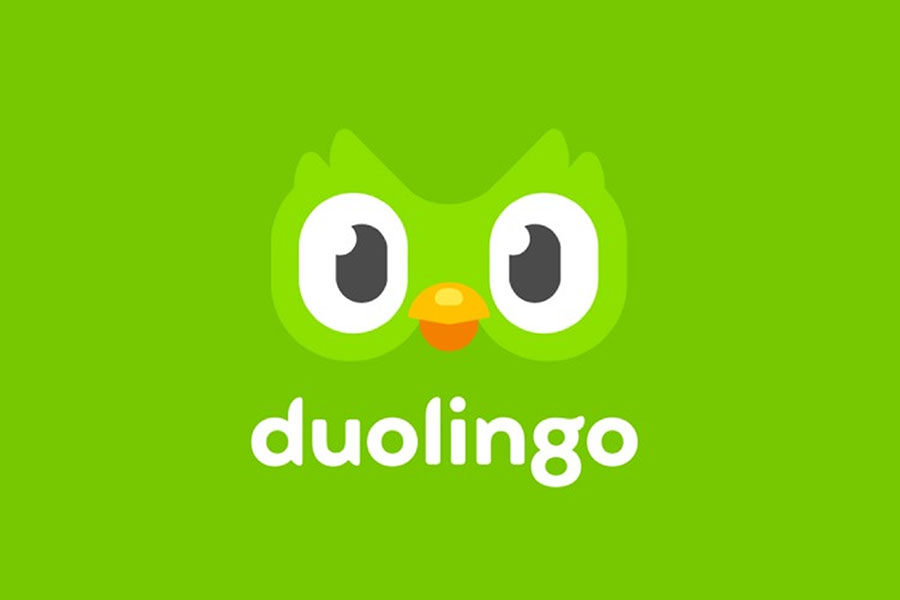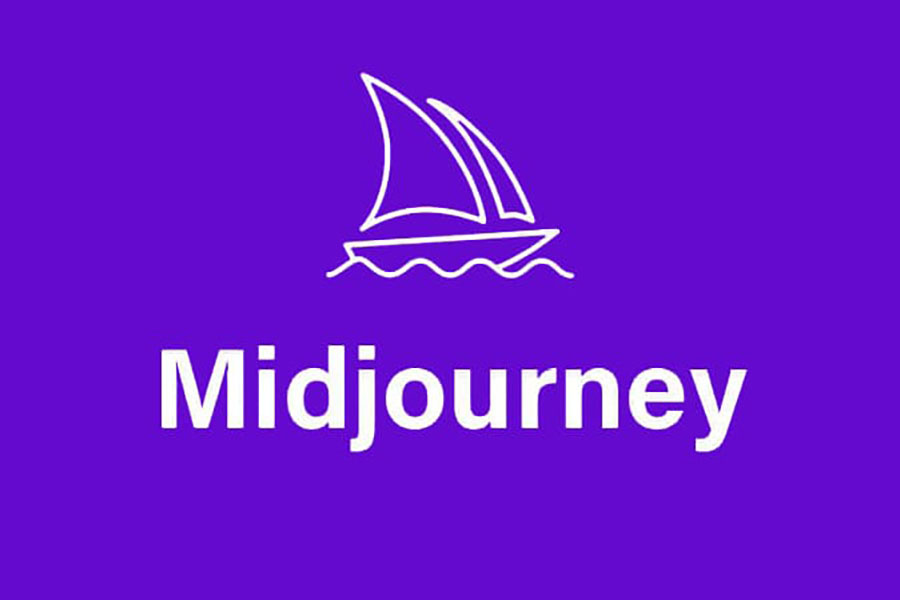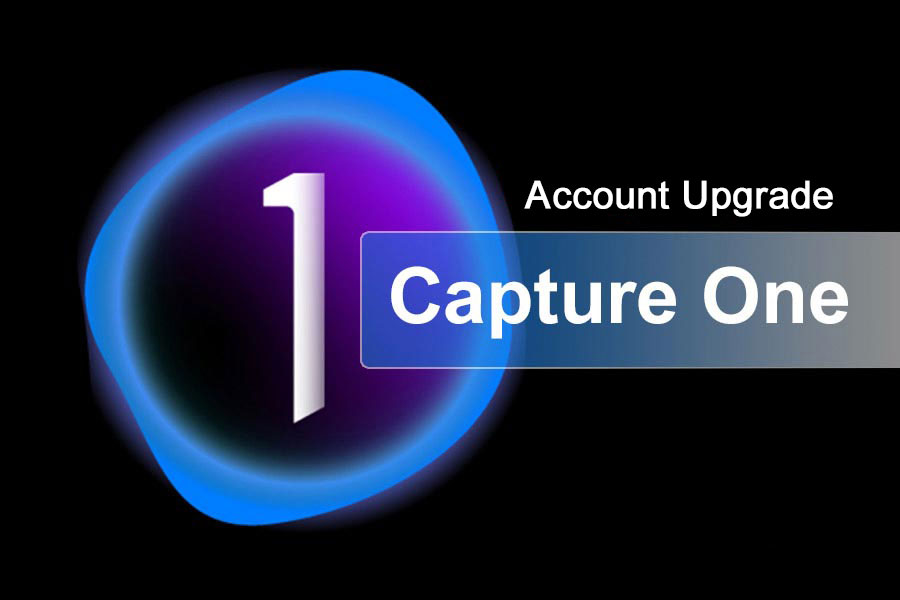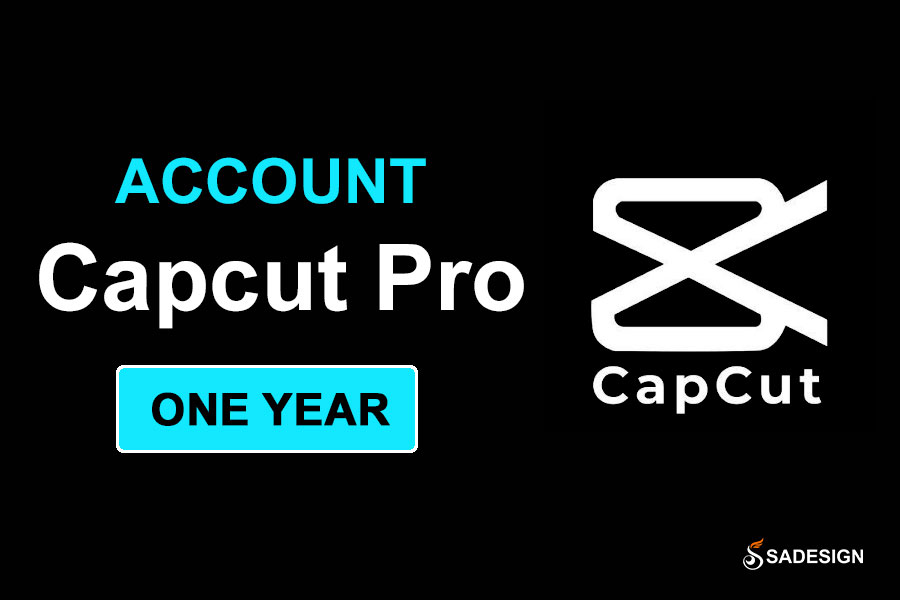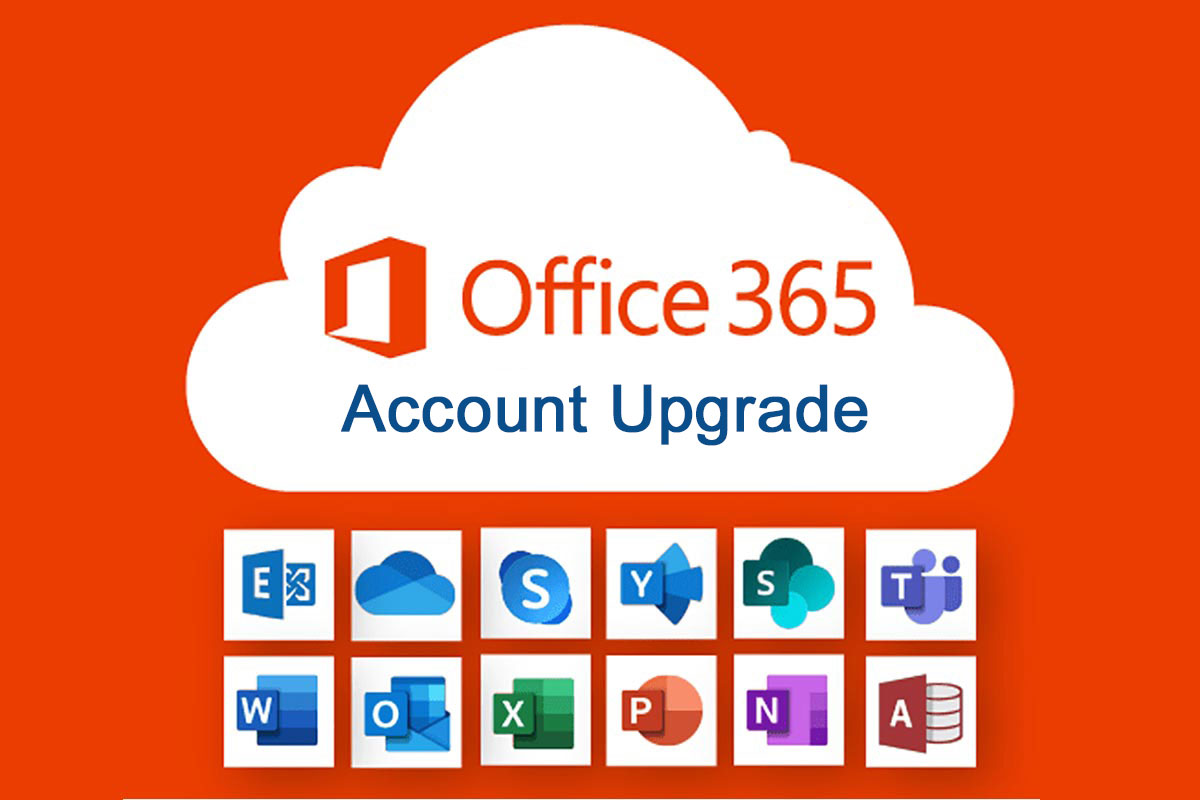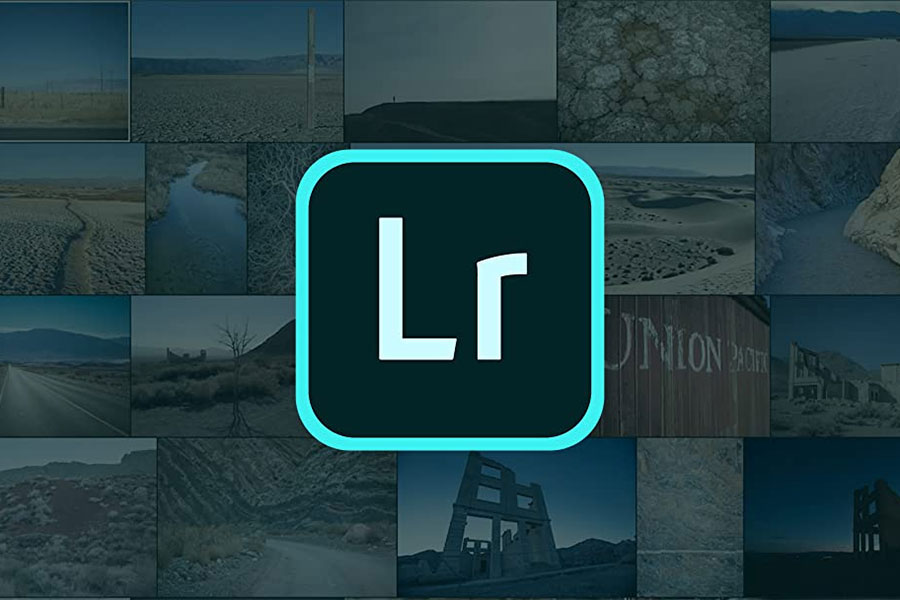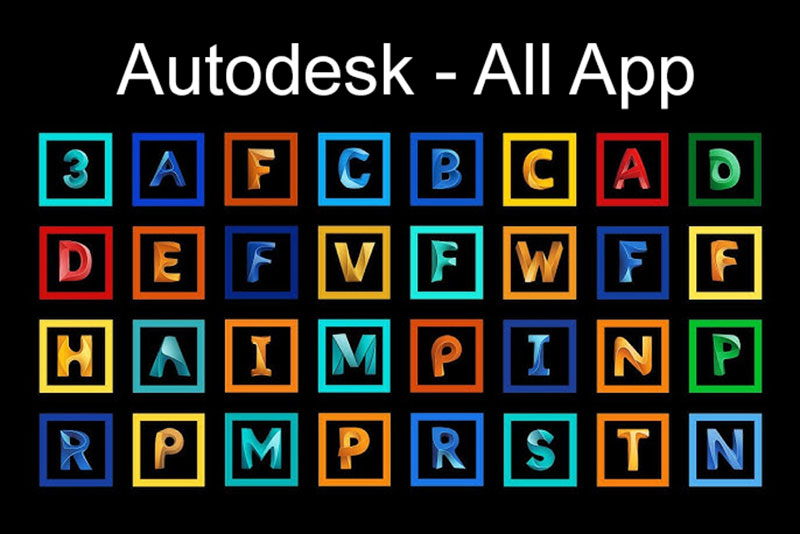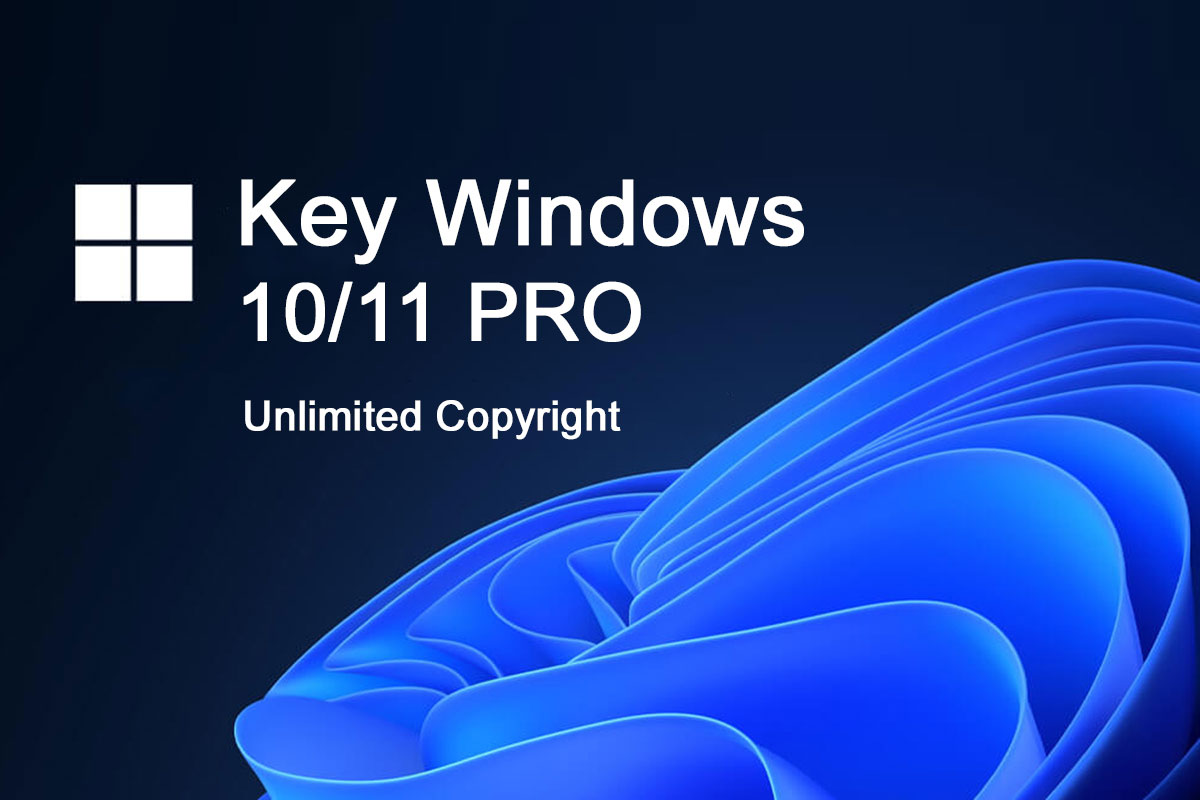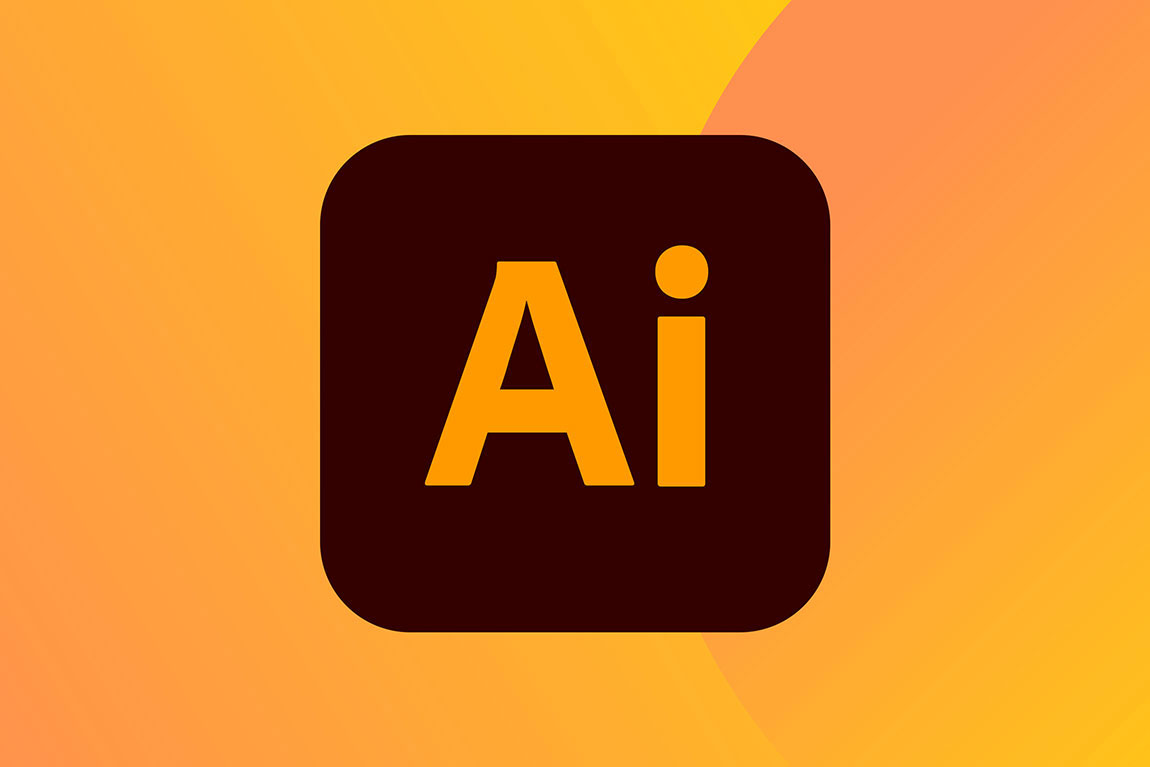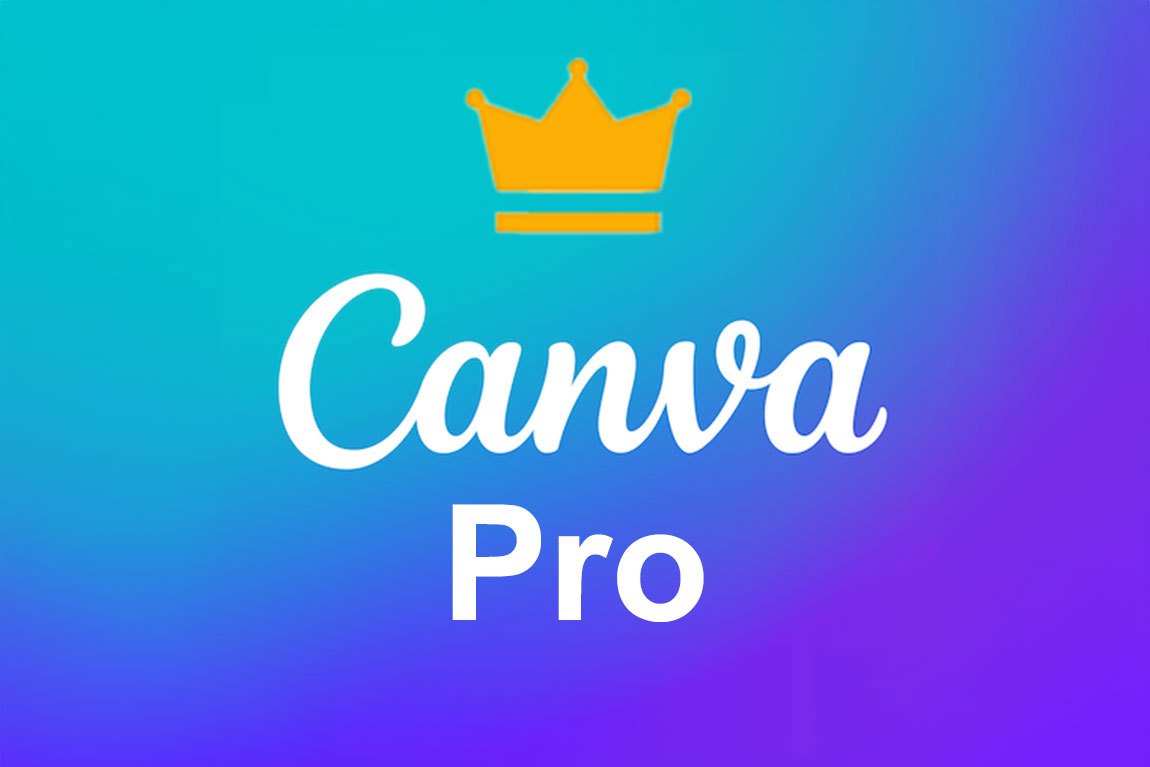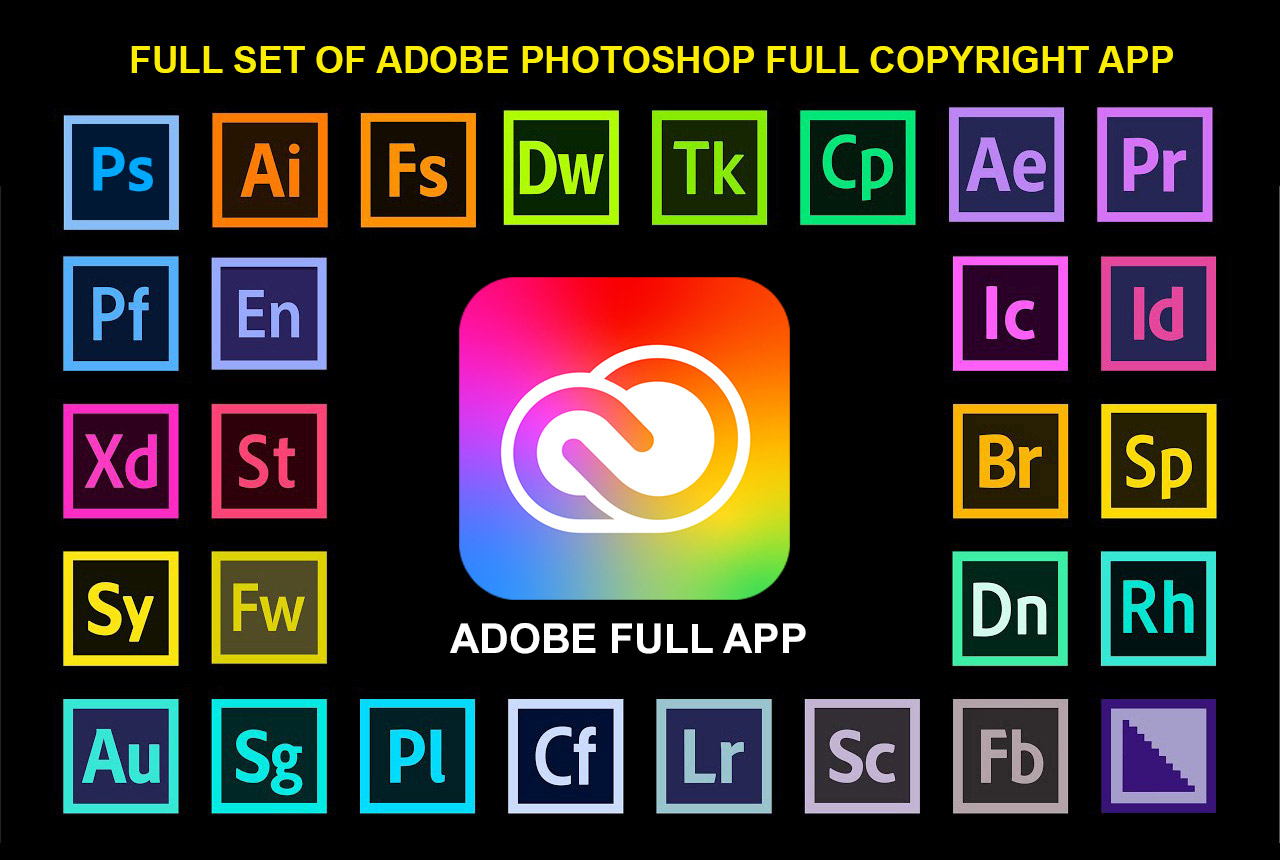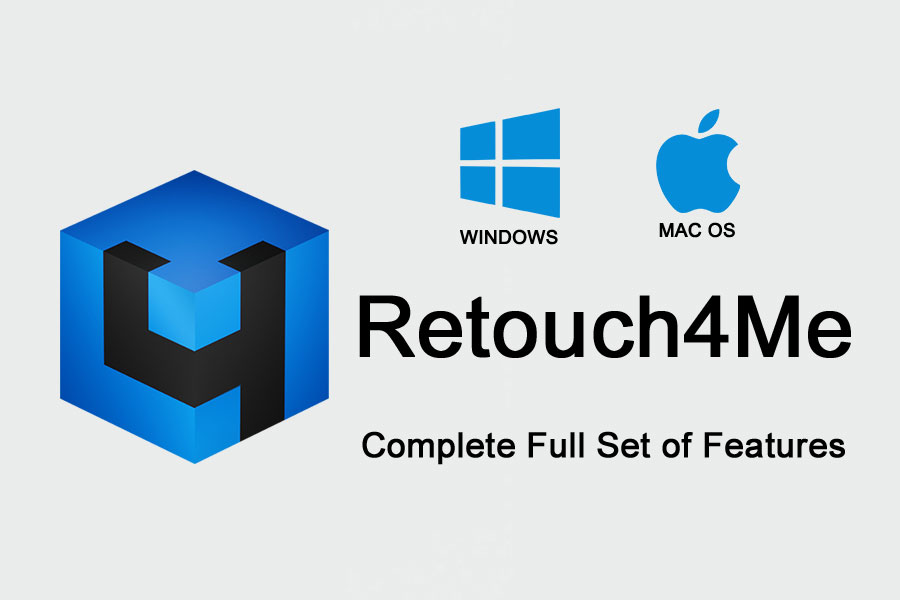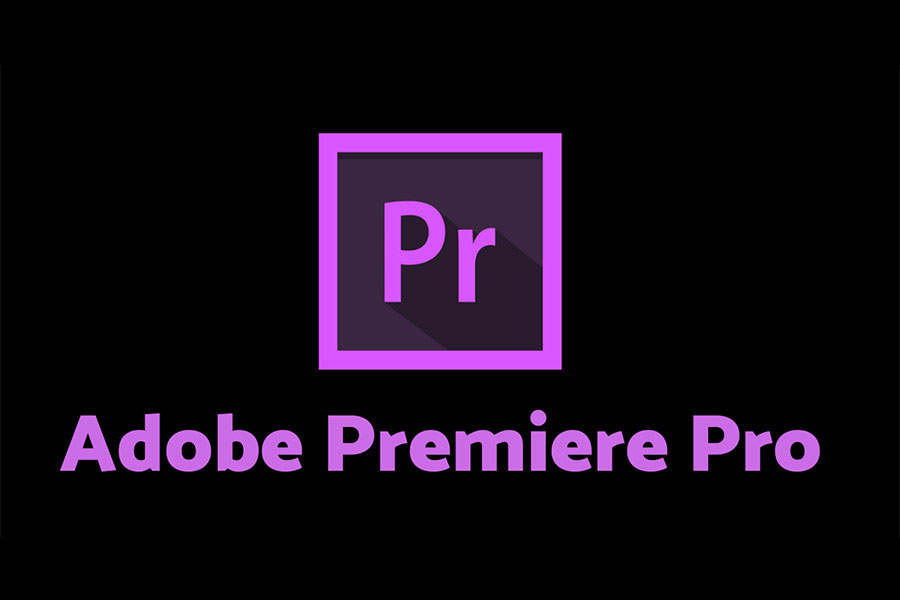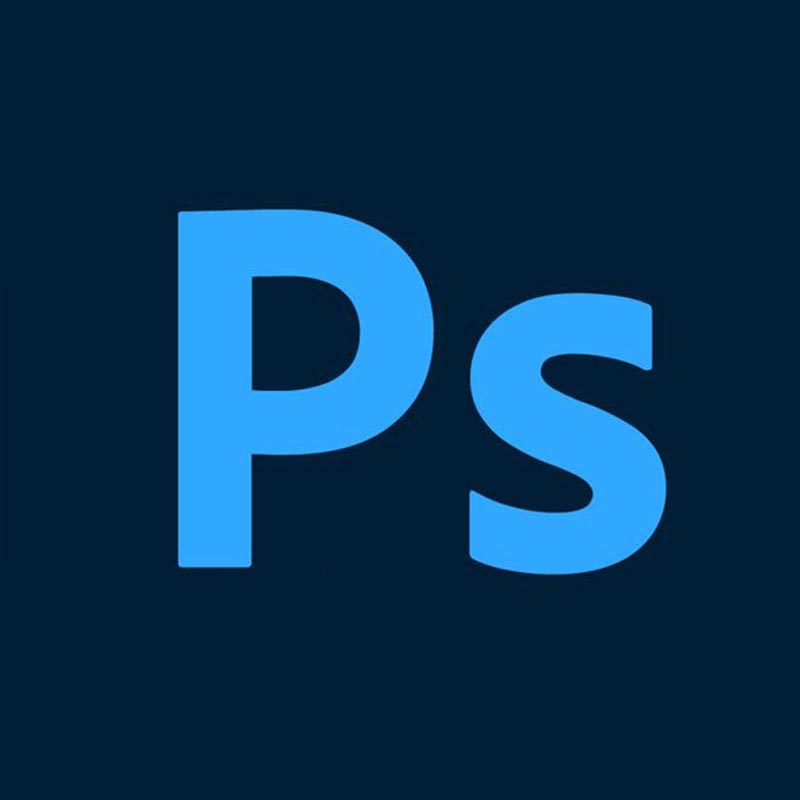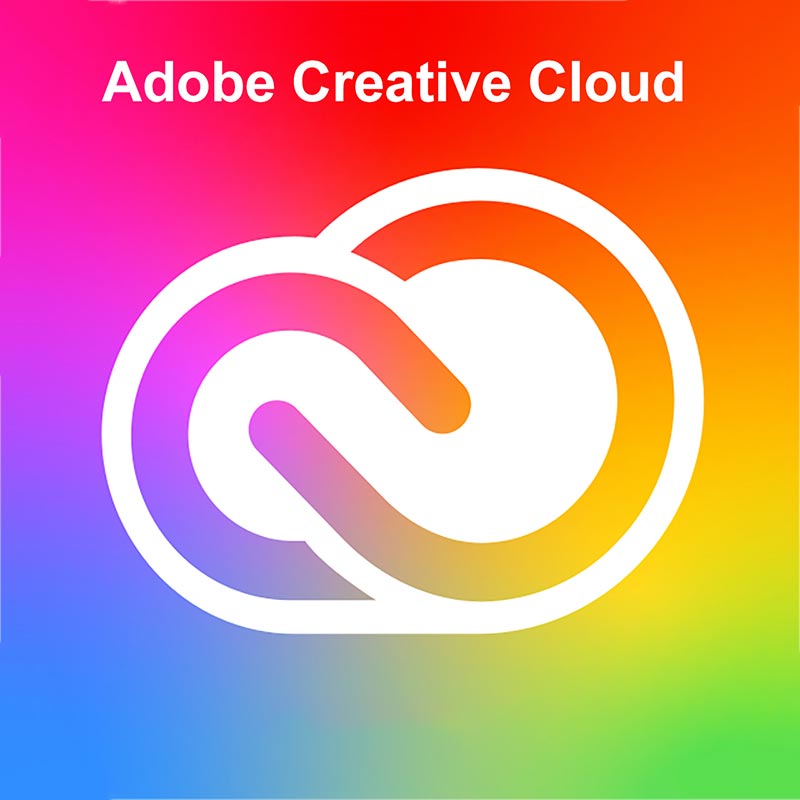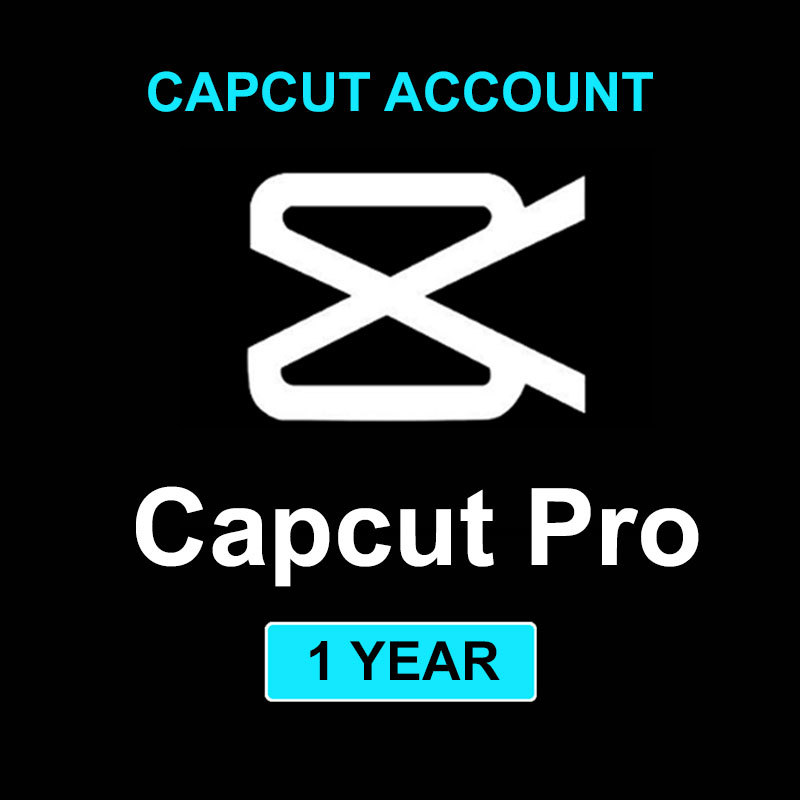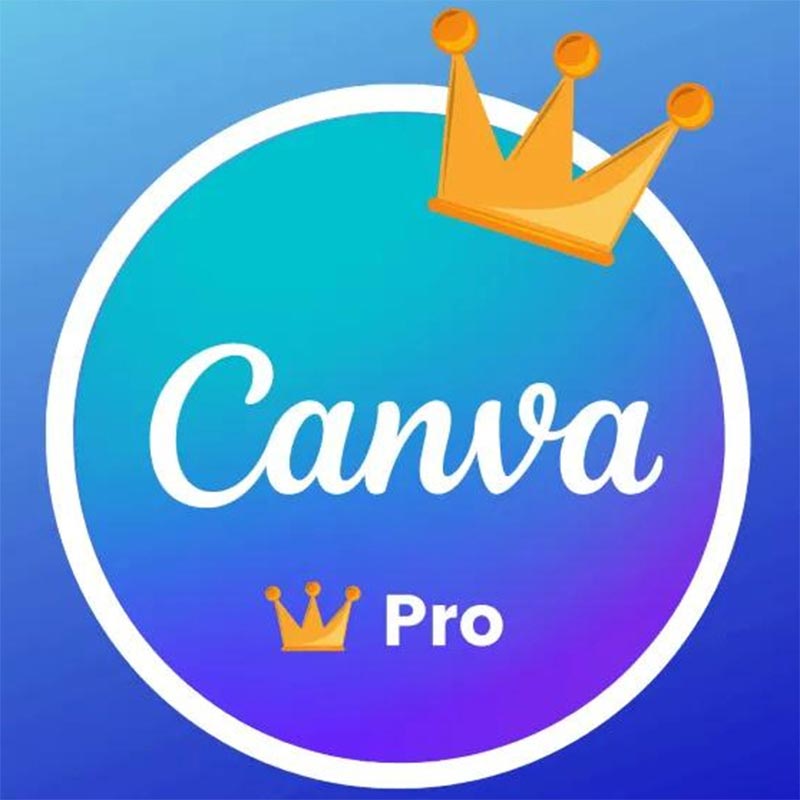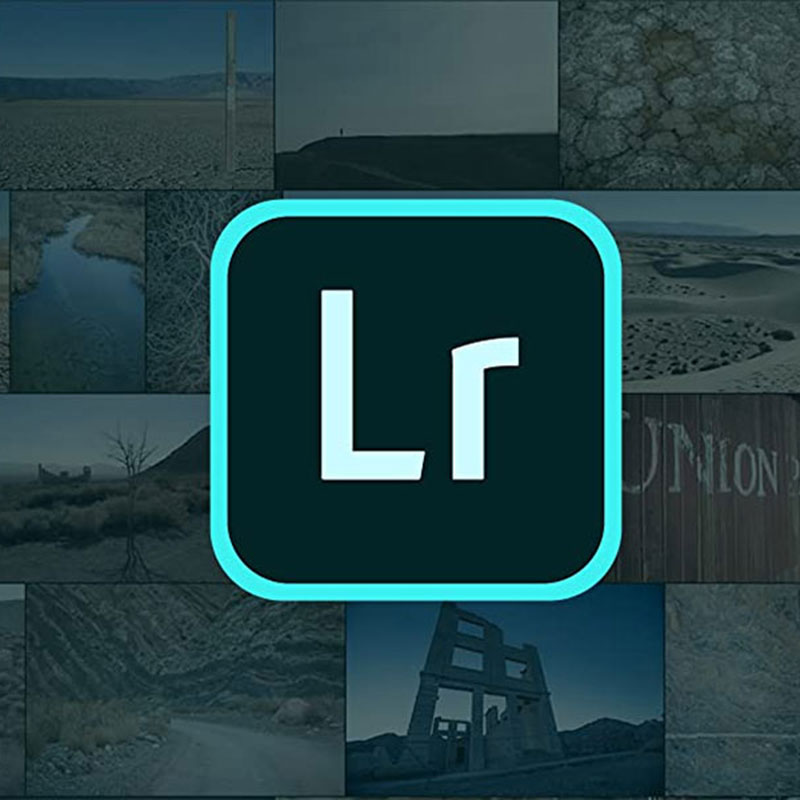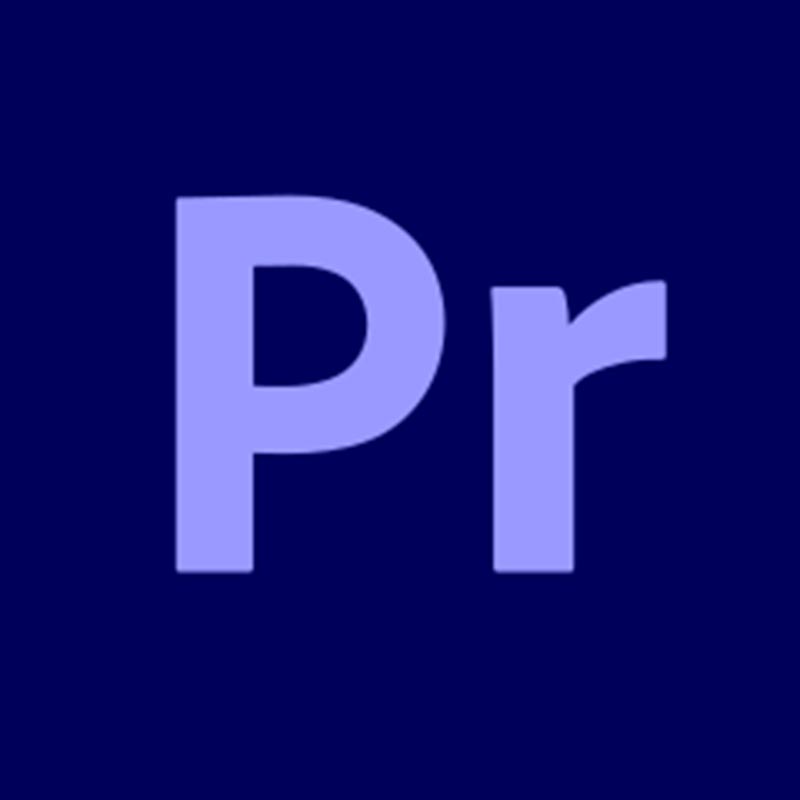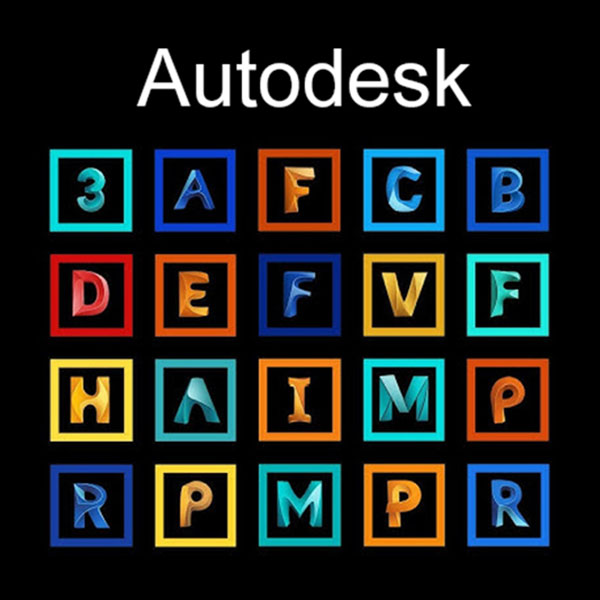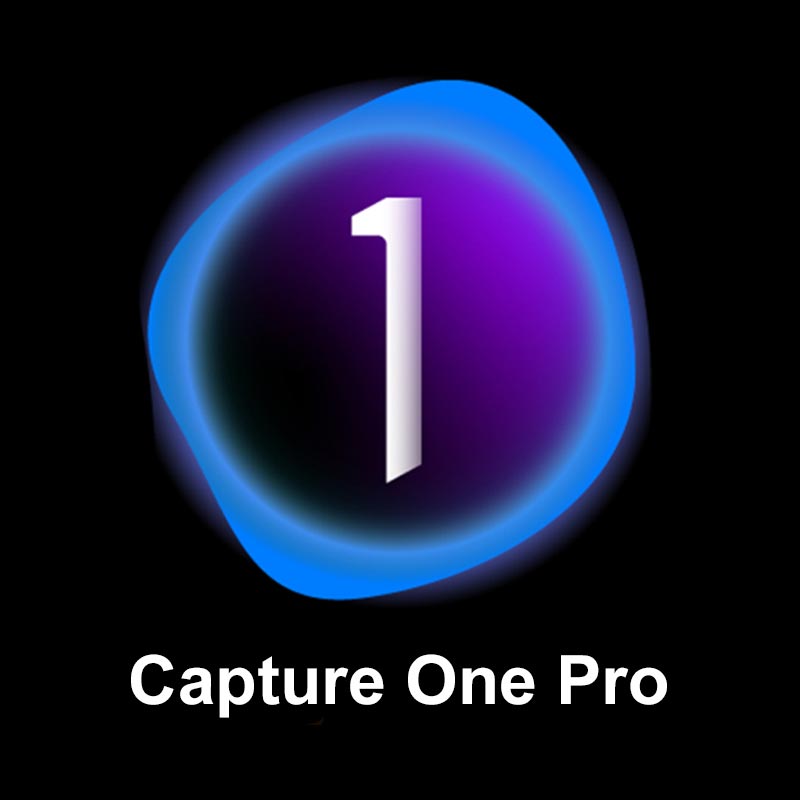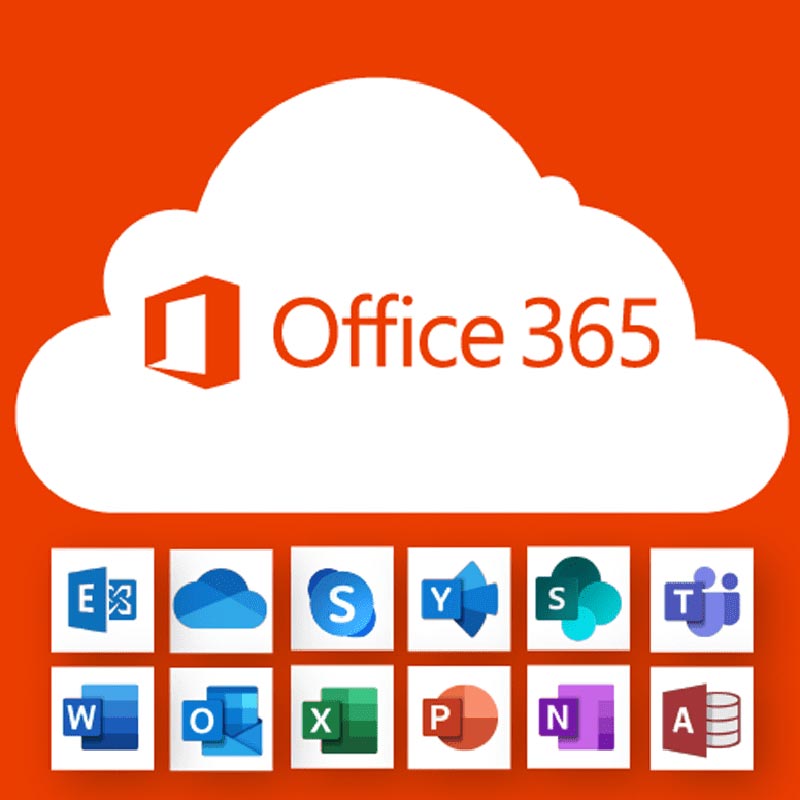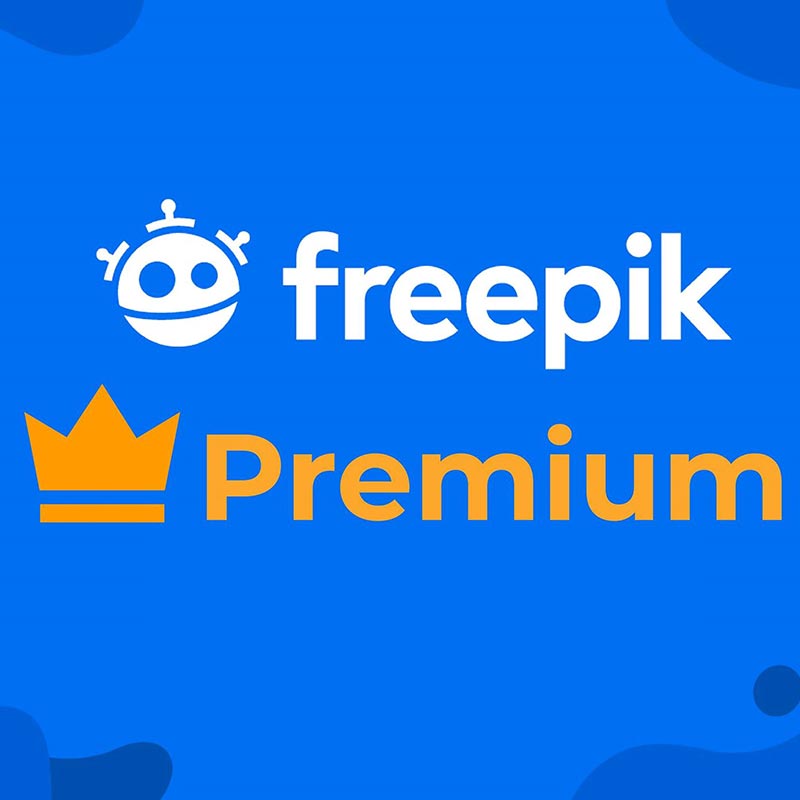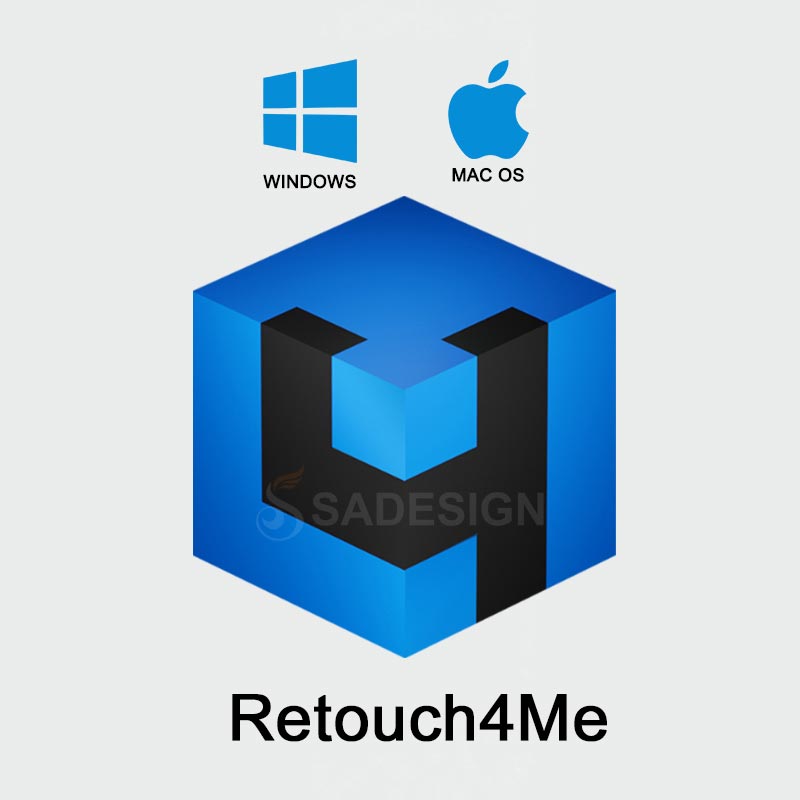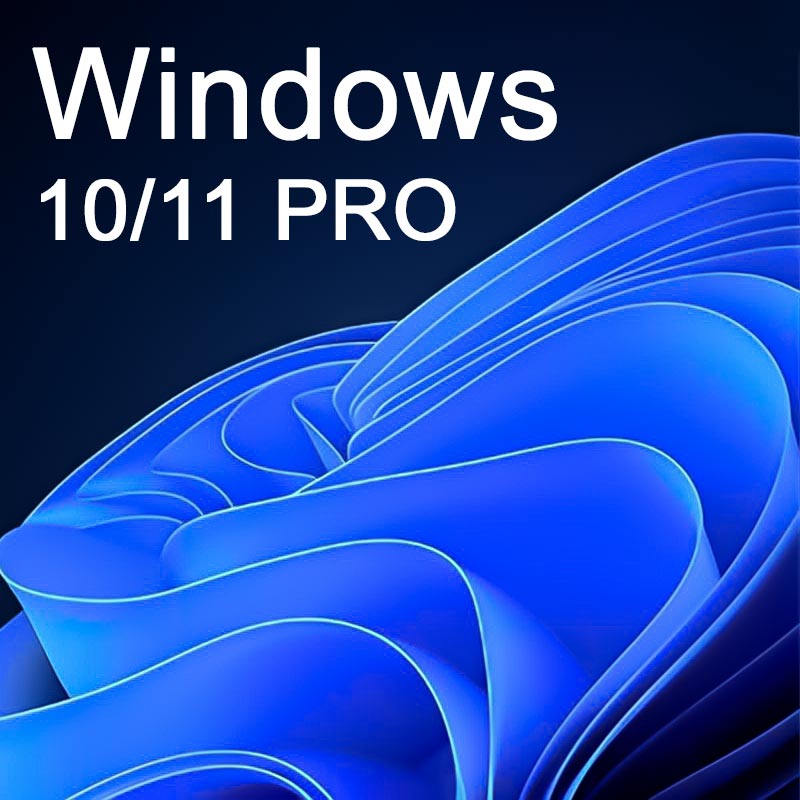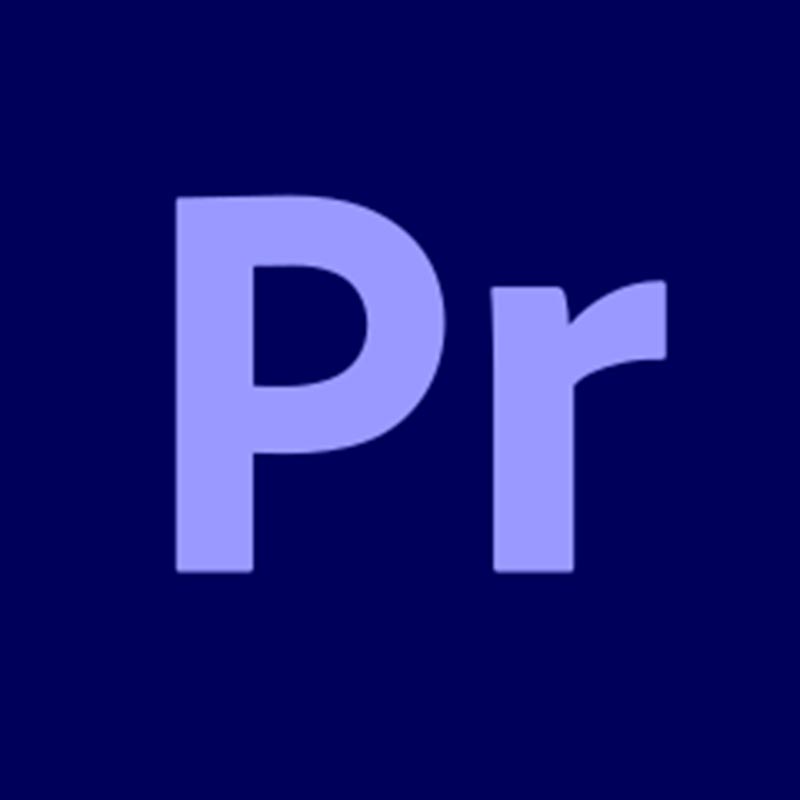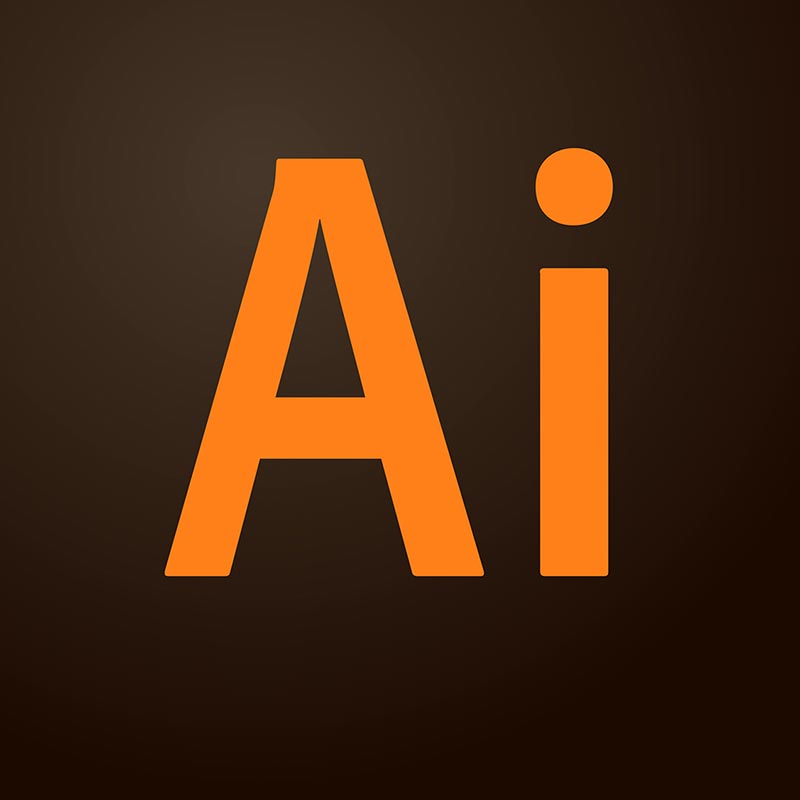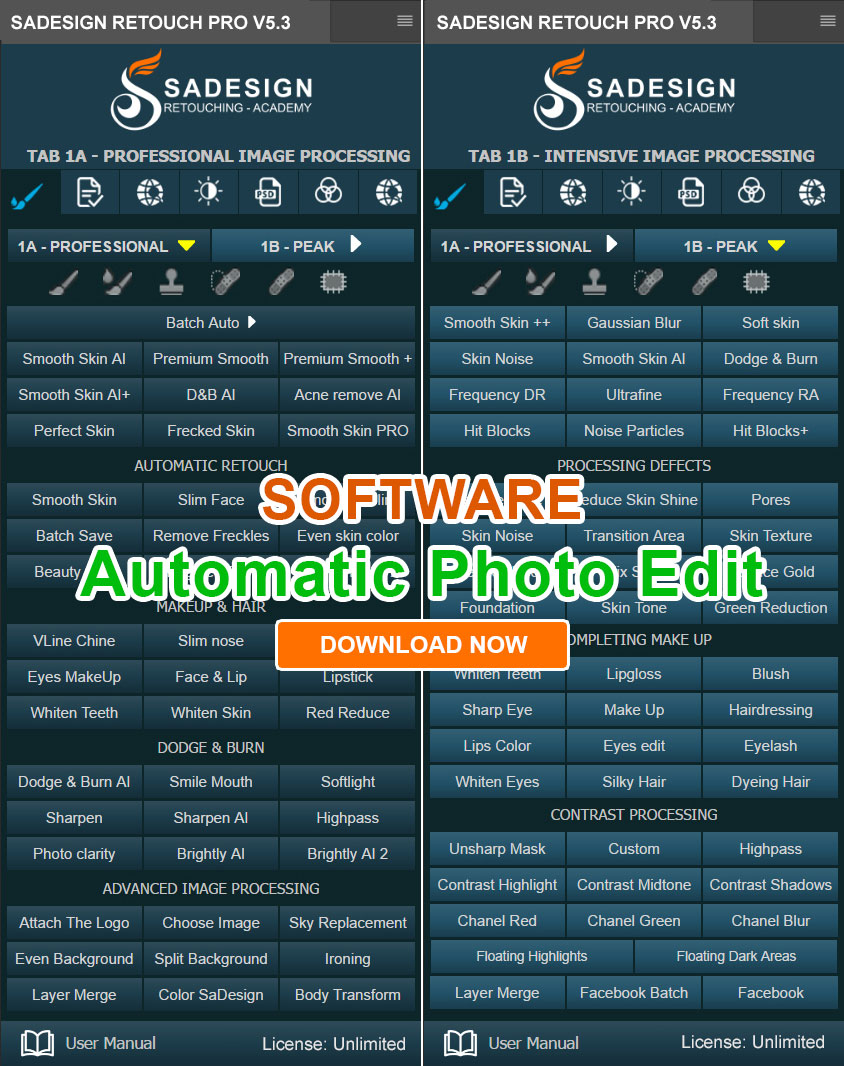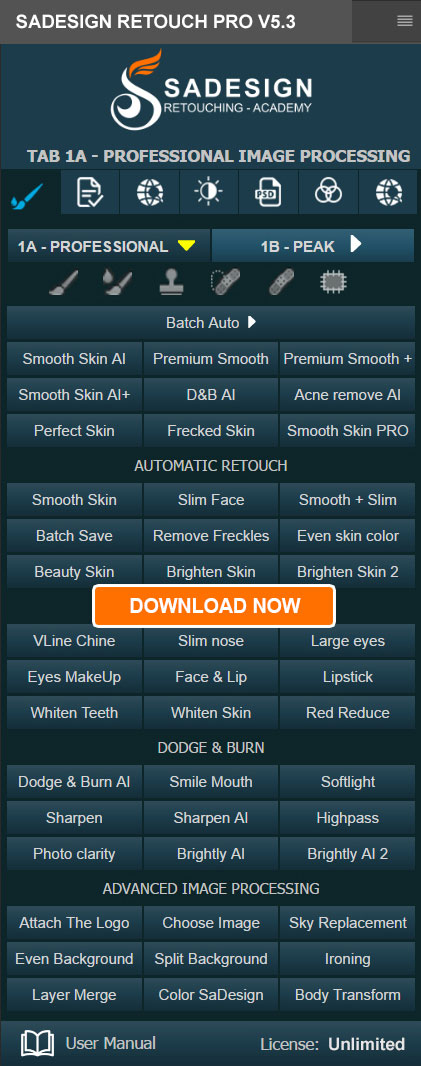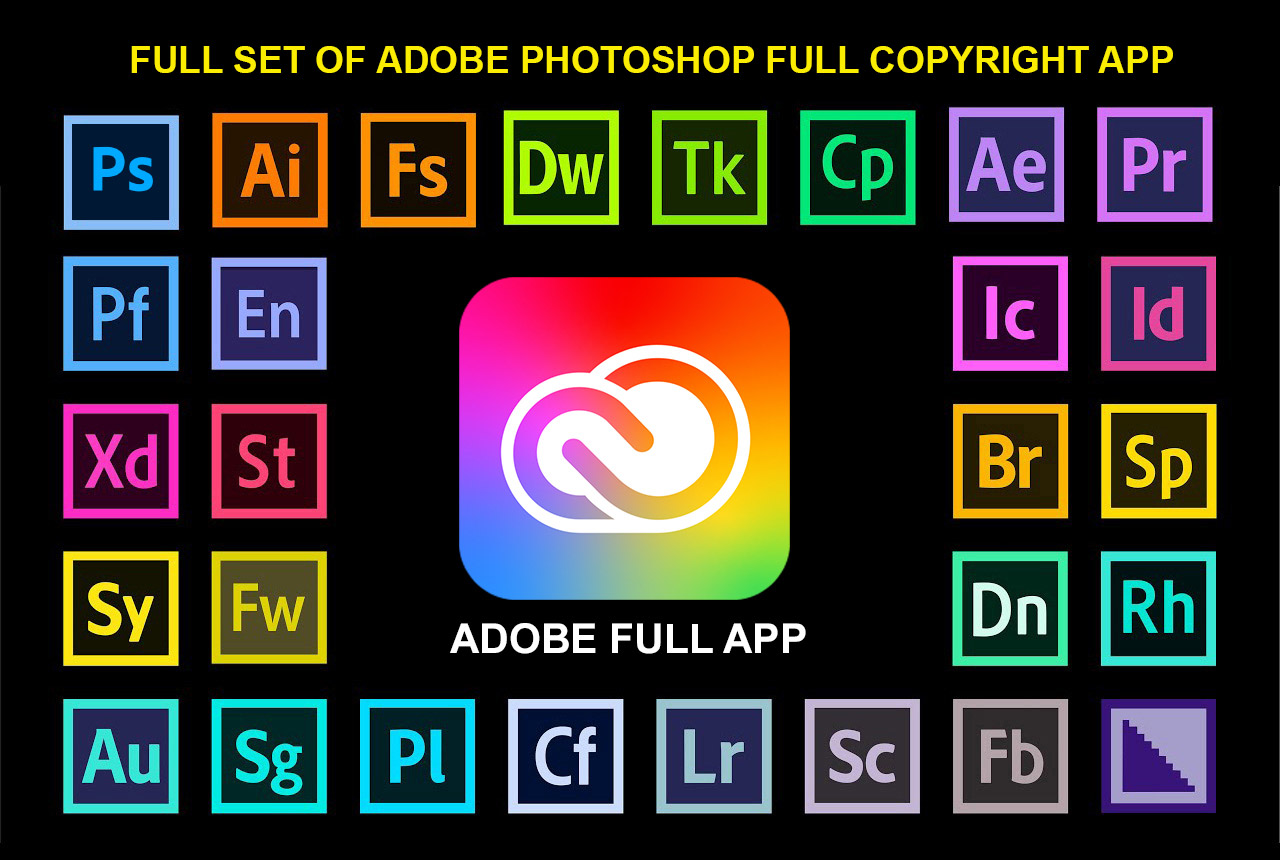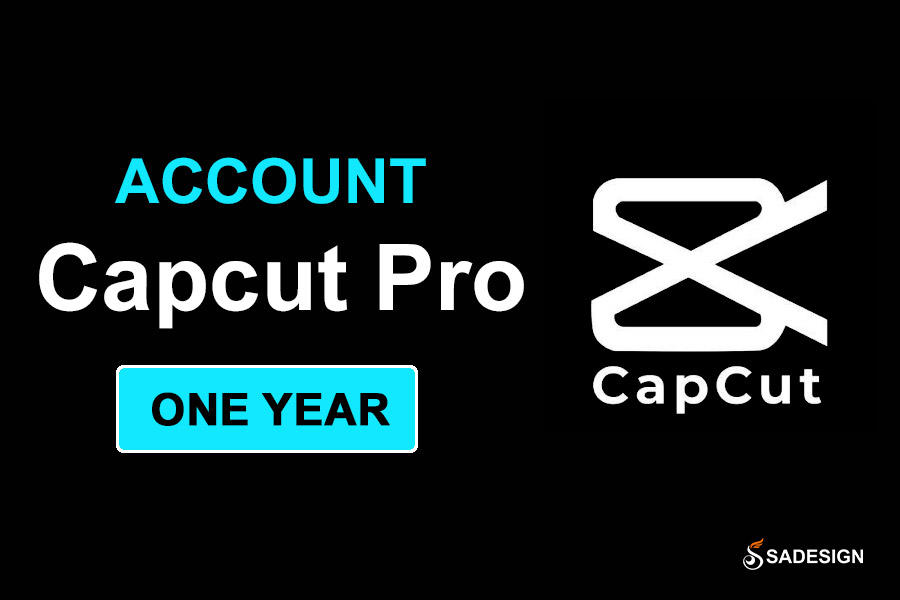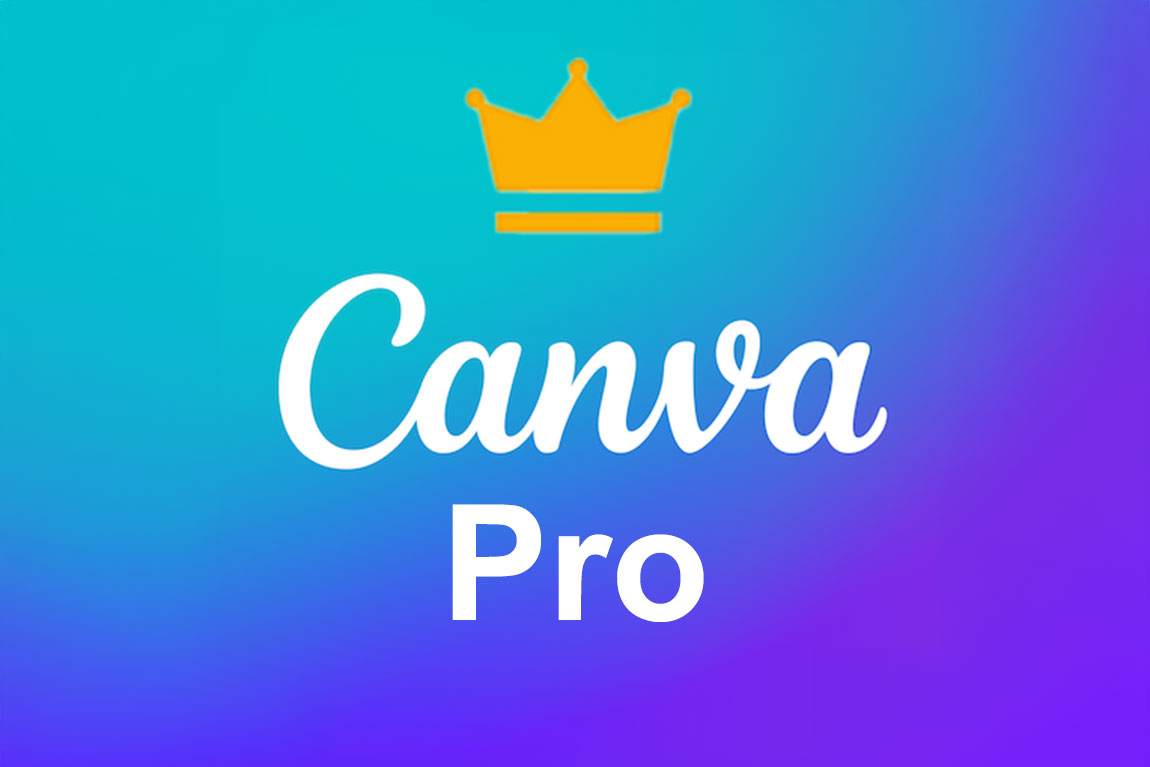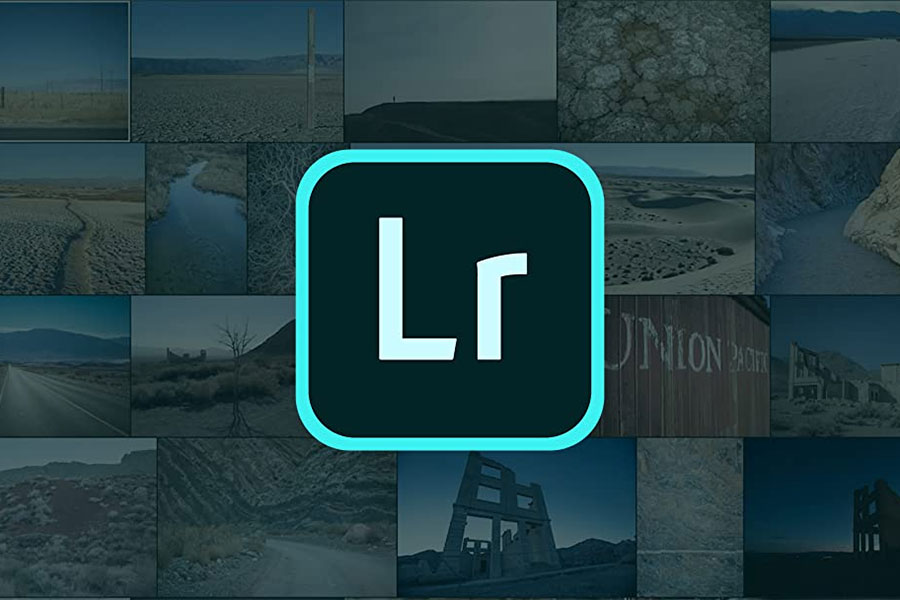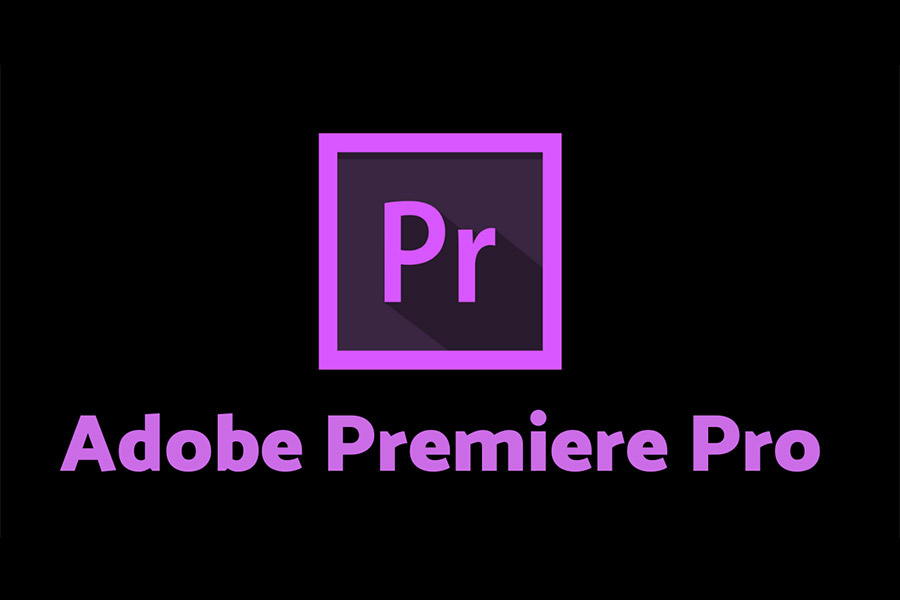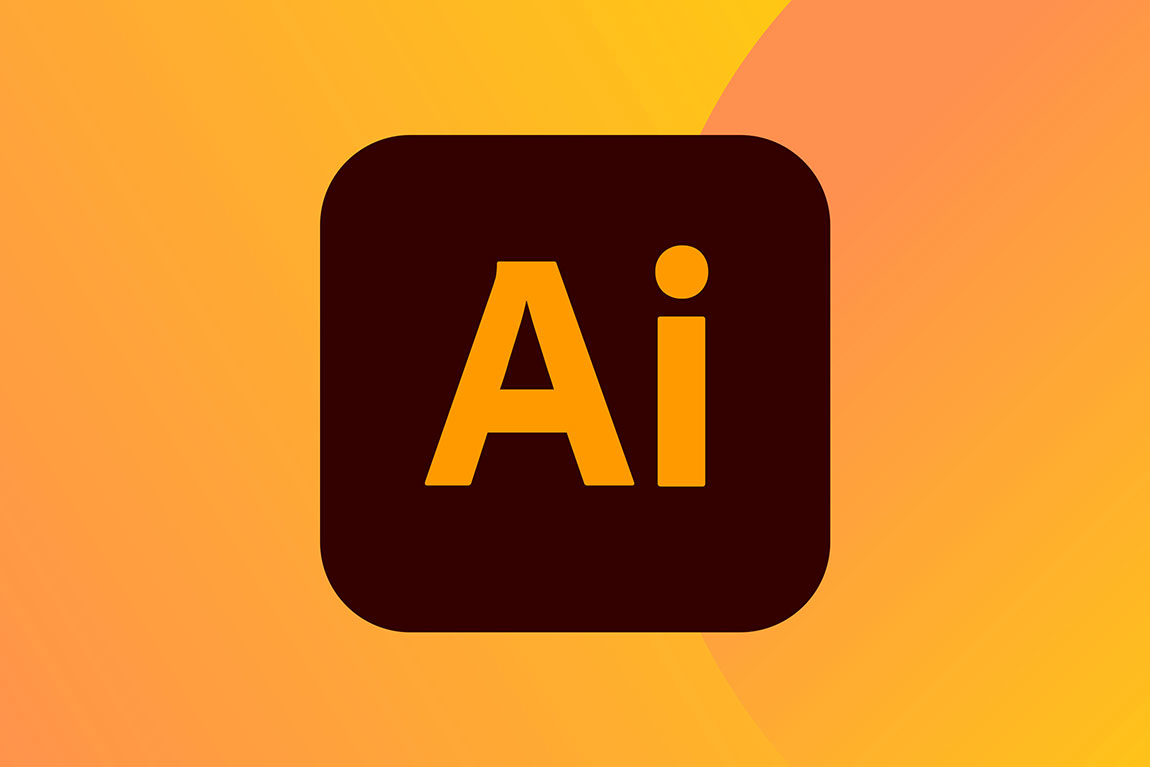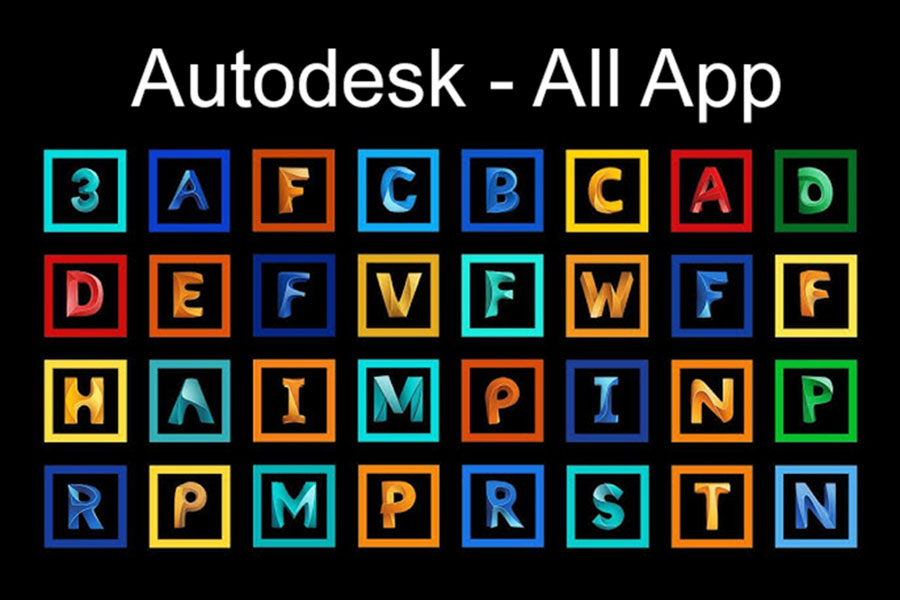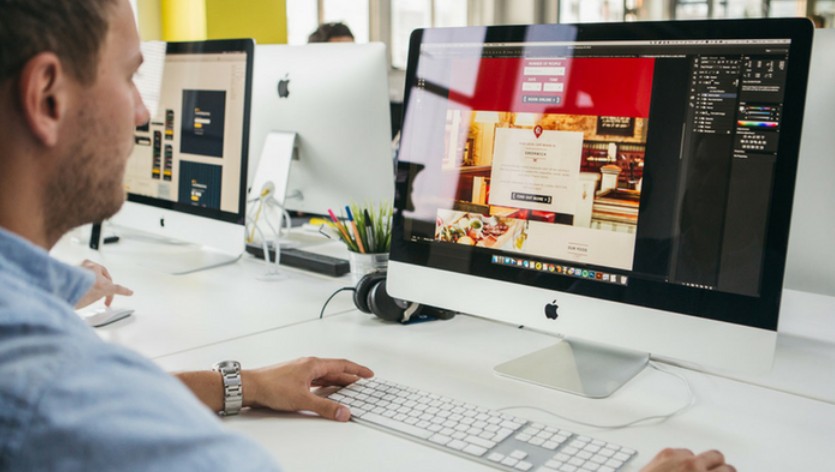Best Selling Products
Top most popular graphic design software on computers in 2025
Nội dung
- 1. Adobe Photoshop – Graphic design software
- 2. Adobe Illustrator – Leading vector graphics software
- 3. Adobe InDesign – Print design and layout software
- 4. CorelDRAW – Professional 2D, 3D design software
- 5. AutoCAD – Engineering design software
- 6. Sketch – Interface and application design software
- 7. Conclusion
Are you wondering: which graphic design software should you choose to suit your needs and be worth the investment of time and money?
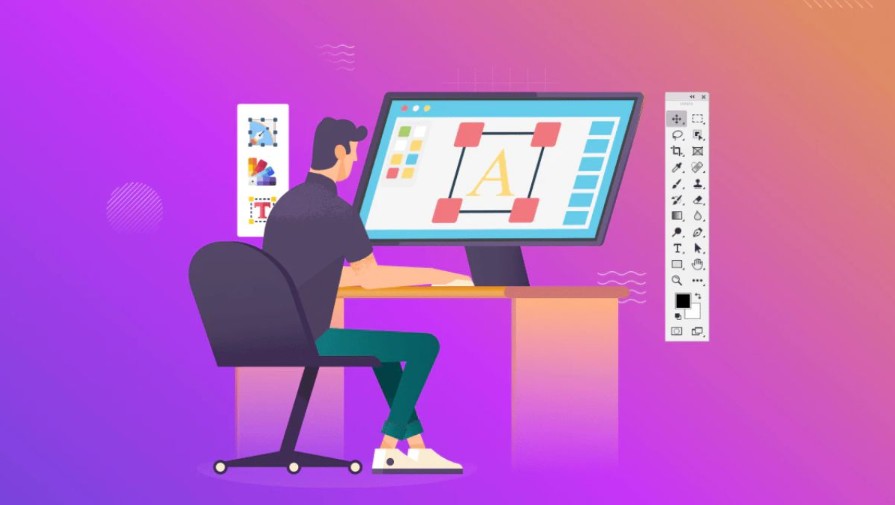
In the digital age, graphic design has become an important part of almost every field: from communication, marketing, entertainment, education, to personal and business branding. Wherever you see beautiful images, an attractive advertising banner, or a neat printed publication, there are the hands of designers and the support of professional graphic design software.
The design software market is incredibly diverse, ranging from free tools suitable for beginners, to premium paid software for professionals. This offers a lot of choice, but can also make you wonder: which software should you choose to suit your needs and be worth the investment of time and money?
In this article, we will explore the 6 most popular graphic design software on computers today , including tools that have become legendary in the design world, as well as software that is gradually taking over the position in specialized fields. Each software will be analyzed in detail in terms of features, advantages, disadvantages and fees, thereby helping you easily choose the tool that best suits your creative journey.
1. Adobe Photoshop – Graphic design software
When it comes to graphic design, Adobe Photoshop is a name that almost everyone, even outsiders, have heard of. Born in the late 1980s and constantly developing to this day, Photoshop has become a symbol of the photo editing and digital design industry.
Photoshop is often abbreviated as PS and is the flagship product of Adobe Corporation, a “giant” in the creative software industry. Initially, this software was developed for the purpose of editing digital images. However, over the years of improvement, Photoshop has gone beyond its original limits to become a versatile design tool, not only for photographers but also for designers, marketers, businesses and individual users with creative needs.
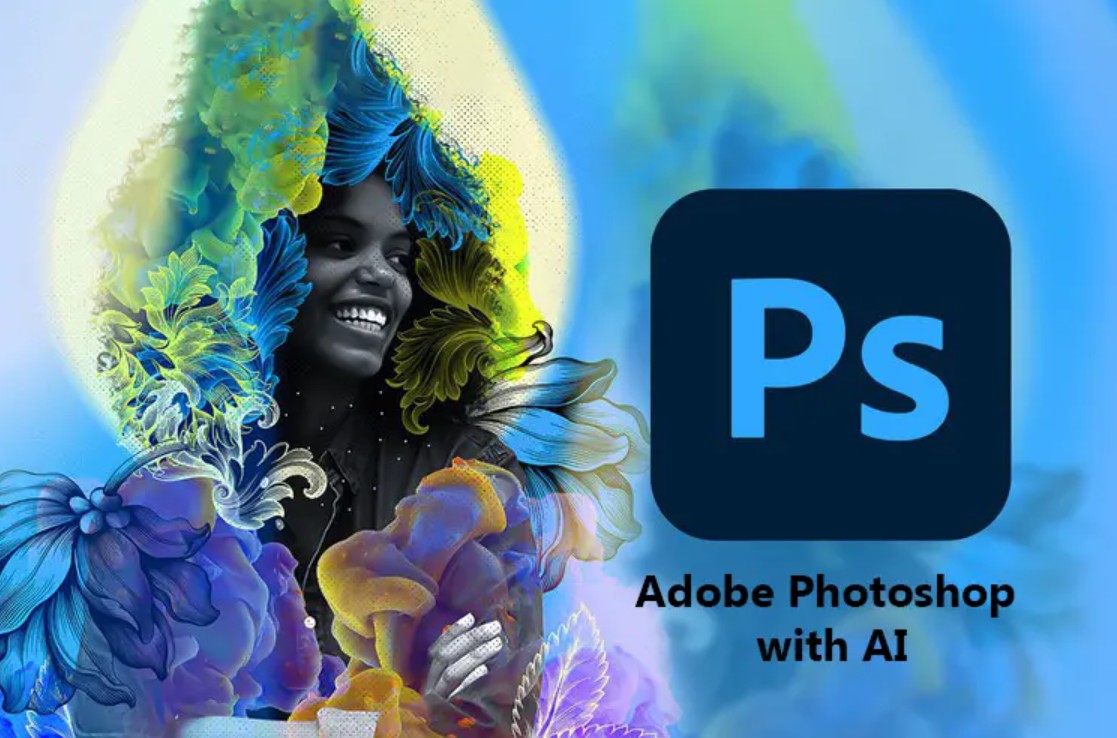
Photoshop's features are extremely diverse. First of all, it is a powerful tool for editing and retouching photos, from color processing, lighting, noise reduction, defect removal, to cropping and creating special effects. Besides, Photoshop also supports poster design, advertising banners, social network covers, product mockups, and even basic 3D perspective creation. Some designers also use Photoshop to design website or app interfaces, although this tool is not the most optimal for UI/UX.
Photoshop’s strength lies in its huge ecosystem of plugins and resources. Millions of tutorials, presets, actions, and brushes are widely shared to help users save time in creating. This is also the reason why Photoshop has become a “must-know” software for most designers.
However, using Photoshop also comes with some challenges. First of all, this is a fairly heavy software, requiring a stable computer configuration. Second, Photoshop is not an easy tool to learn for beginners, because the massive system of functions can overwhelm you. In addition, the cost of this software is not cheap: currently, users have to pay about 31.49 USD per month to own the copyright, although Adobe offers a trial version and some preferential packages.
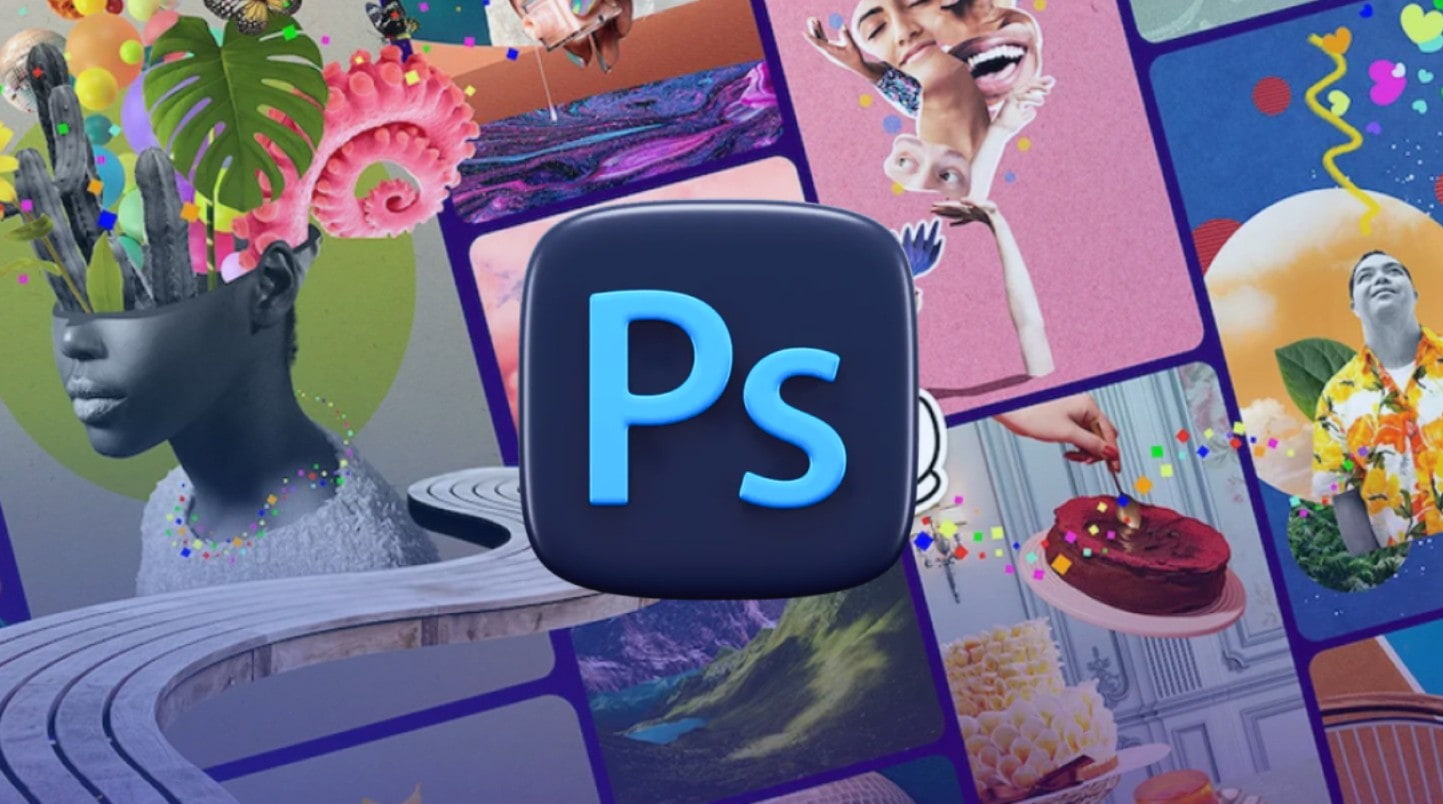
However, if you want to seriously invest in a career in graphic design, Photoshop is almost an indispensable choice. This is a powerful and flexible tool, and can adapt to many different types of creativity.
2. Adobe Illustrator – Leading vector graphics software
Besides Photoshop, another “brother” in the Adobe Creative Cloud suite is also extremely famous, that is Adobe Illustrator . If Photoshop is strong in bitmap images, Illustrator specializes in vectors: the type of graphics that can be enlarged infinitely without breaking the lines.
Illustrator, often abbreviated as AI, is the software that most logo designers, brand identity, digital illustration or infographic designers love. Unlike pixel images in Photoshop, vectors are made up of mathematical curves, so they are suitable for products that require high precision and flexibility in printing.
One of Illustrator's greatest strengths is its diverse drawing tools, which allow you to freely create from basic shapes to complex illustrations. With Illustrator, you can create logos, icons, banners, artistic typography, or combine it with Photoshop and InDesign to complete your design suite.
Illustrator also has the ability to sync with other software in the Adobe ecosystem. For example, you can design a logo in Illustrator, edit product photos in Photoshop, and then import it all into InDesign to layout a brochure. This makes the designer's workflow smoother and more professional.
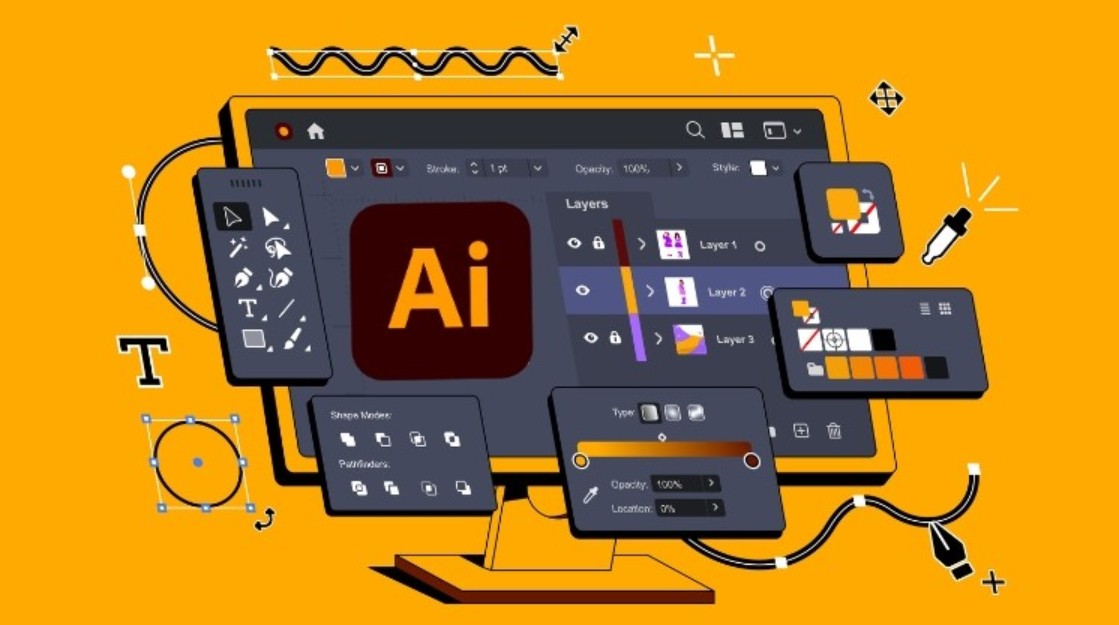
However, Illustrator also has certain barriers. This software requires a fairly powerful computer configuration to run smoothly and learning advanced techniques can be quite difficult for beginners. The copyright cost is similar to Photoshop, ranging from 20.99 - 31.49 USD/month depending on the service package.
However, Illustrator is still an almost indispensable tool if you want to specialize in vector design. It is the “standard” in the industry and the foundation for creating highly branded products.
3. Adobe InDesign – Print design and layout software
In the Adobe suite, each software has its own strengths. If Photoshop specializes in photos, Illustrator in vectors, then Adobe InDesign is the “king” in the field of publishing and printing.
InDesign, often abbreviated as Id, is widely used to design newspapers, magazines, books, brochures, flyers, posters and many other printed materials. The special feature of InDesign is the ability to handle text combined with images flexibly and accurately. You can layout a book of hundreds of pages, insert illustrations, adjust the layout according to many different standards without difficulty.
In addition, InDesign also supports inserting audio and video files into publications, then exporting to digital formats such as PDF, Flash or ePub. This is very useful in the increasingly growing electronic publishing landscape.
Like other Adobe products, InDesign is not free. Users need to pay a monthly or annual fee, ranging from 20 to 31 USD. In return, what you get is a powerful tool, specialized for the printing industry, something that other software can hardly replace.
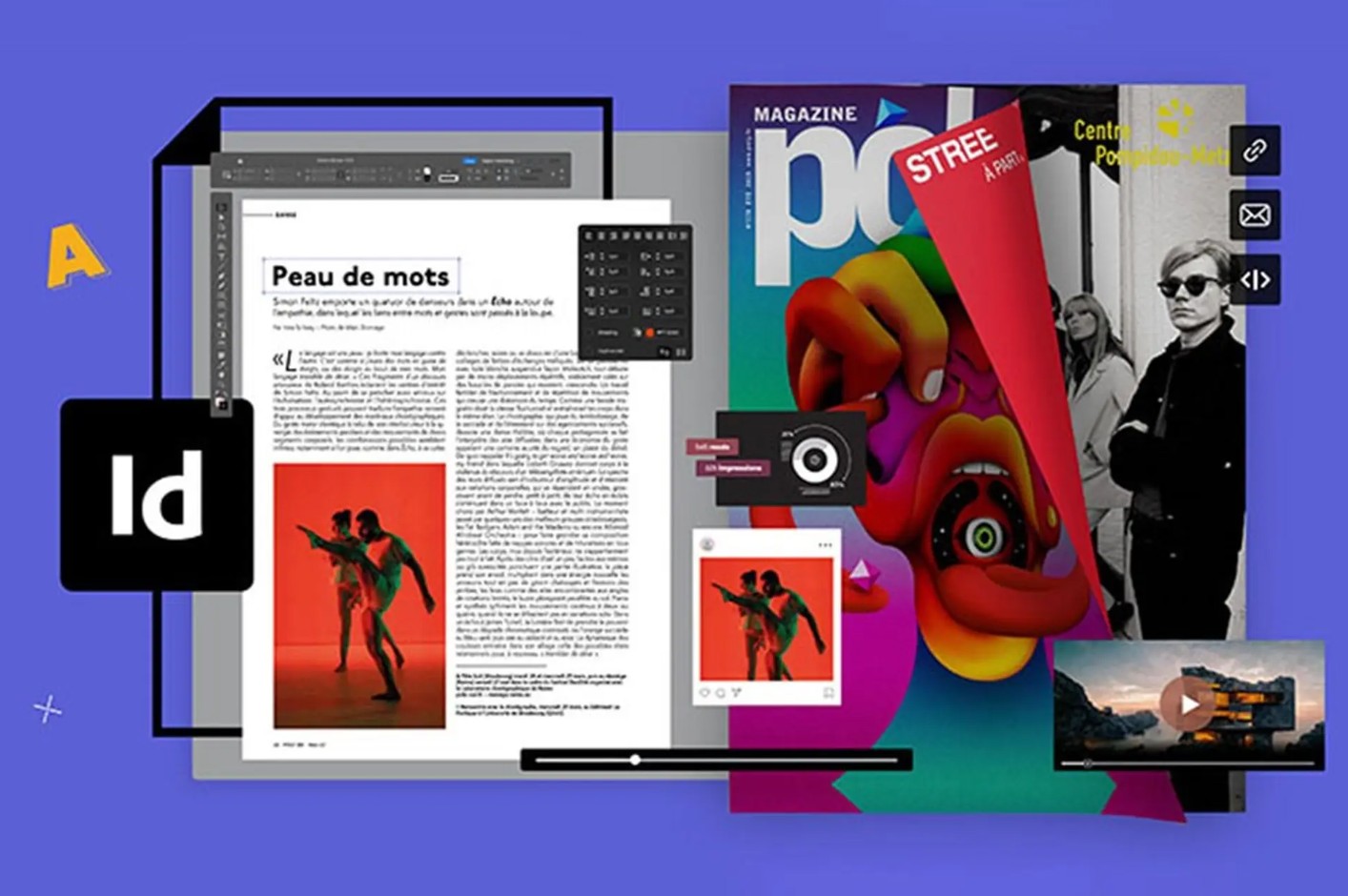
Of course, InDesign isn’t for everyone. If you’re just editing photos or designing logos, Photoshop and Illustrator are better suited. But if your work involves more of the publishing, layout of books, magazines, or printed materials, InDesign is the tool you need.
4. CorelDRAW – Professional 2D, 3D design software
Besides the Adobe ecosystem, another name that is also very familiar in the design world is CorelDRAW . This is software developed by Corel.
Launched more than a decade ago, CorelDRAW quickly asserted its position thanks to its powerful vector design capabilities and friendly interface. While Illustrator is often considered the “standard”, CorelDRAW is considered by many designers to be easier to learn, suitable for both beginners and experts.
CorelDRAW is especially popular in the fields of printing, advertising, sign design, t-shirts, product labels. In addition to vectors, this software also supports basic 2D and 3D design, helping users expand their creative range.
Another advantage of CorelDRAW is its operating system compatibility. Initially, this software was only available for Windows, but now it has been developed for macOS as well. This helps it reach a wider range of users.
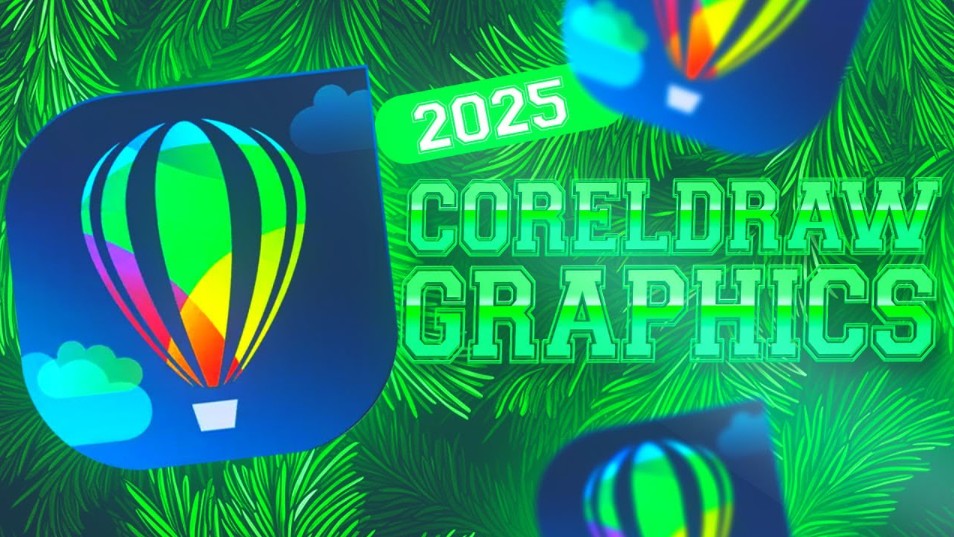
CorelDRAW has a free version for basic tools, but if you want to use the full features, you need to pay. The annual fee is more economical than the monthly plan and is also the form chosen by many businesses.
Compared to Illustrator, CorelDRAW has a smaller community, but is still strong enough to provide rich learning resources. For those working in the printing or advertising industry, this is a choice worth considering.
5. AutoCAD – Engineering design software
Unlike other software that focuses on artistic creation, AutoCAD is a specialized tool for technical design. Developed by Autodesk, AutoCAD has become the leading software in the fields of architecture, construction, mechanics, and electronics.
AutoCAD allows users to create 2D and 3D technical drawings with almost absolute precision. The tools in AutoCAD are designed to support perspective, edit shapes, customize dimensions, create models and simulate technical details. Thanks to that, products created on AutoCAD have very high practical applications, just like designs for real-life construction.
However, the power of AutoCAD comes at a high price. On average, users need to spend about 210 USD per month or 1268 USD per year to use the copyright. This is a large number for individuals, but for businesses or organizations specializing in technical design, this investment is completely worth it.
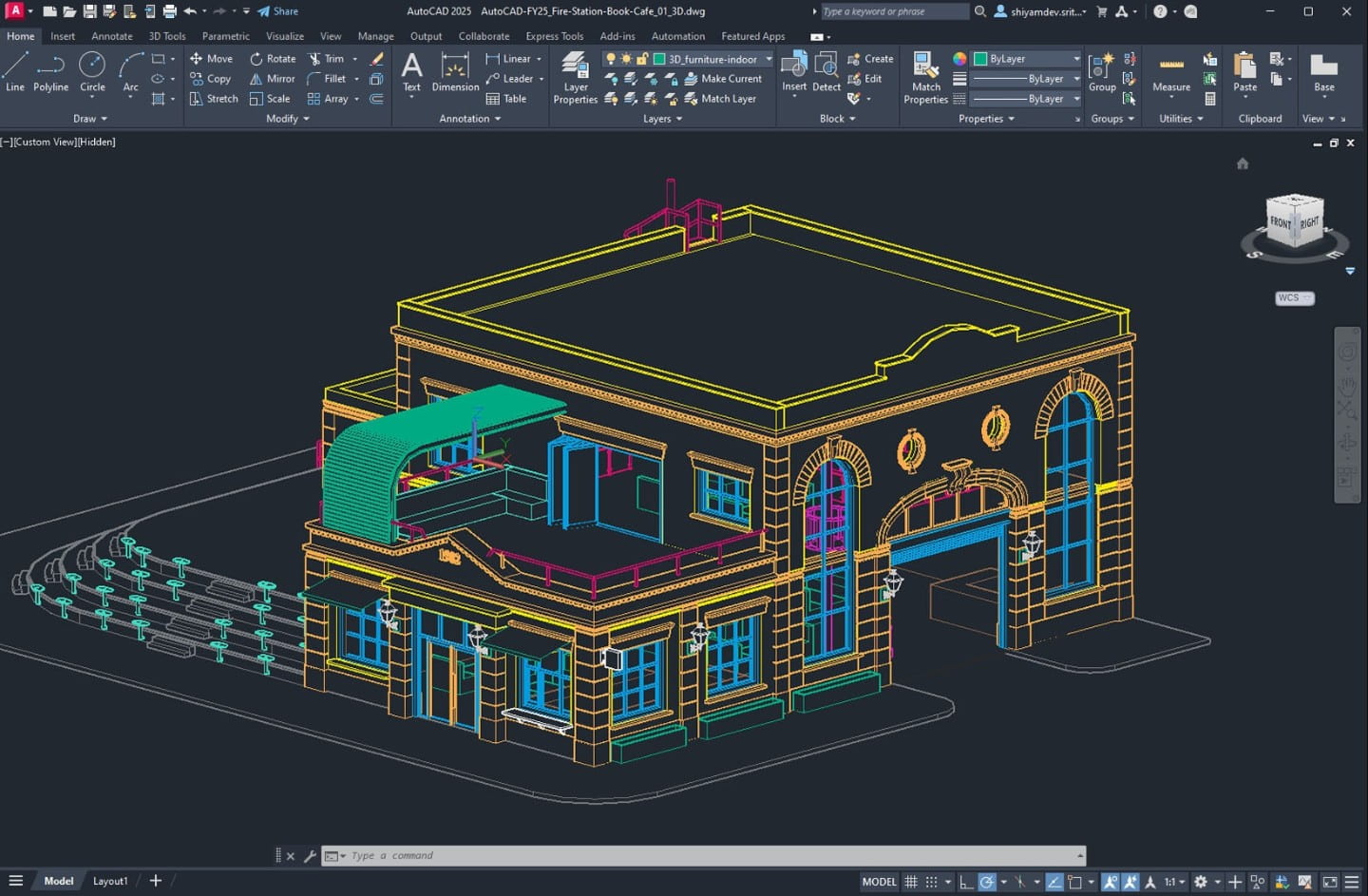
AutoCAD also requires users to have a technical background. If you just want to design posters or logos, this software is definitely not suitable. But if you are an architect, engineer, or construction student, AutoCAD is an indispensable "weapon".
6. Sketch – Interface and application design software
Closing the list is Sketch , a prominent tool in the field of UI/UX design. First launched in 2010, Sketch quickly gained acceptance in the design community thanks to its simplicity, lightness and optimization for interface design.
Sketch allows designers to create website layouts, landing pages, and mobile apps with high precision, even down to the pixel. The vector editing tools in Sketch are very flexible, making it easy to create icons, buttons, or interface prototypes.
Sketch’s strength lies in its rich plugin ecosystem. Users can install many additional utilities to extend its features, thereby improving work efficiency. In addition, Sketch also supports group collaboration, allowing multiple designers to work on the same project.
However, Sketch currently only supports macOS operating system, there is no version for Windows. This is a big limitation, making it impossible for many designers to access this software. In addition, Sketch is not the optimal choice if you want to design banners, posters or printed documents.
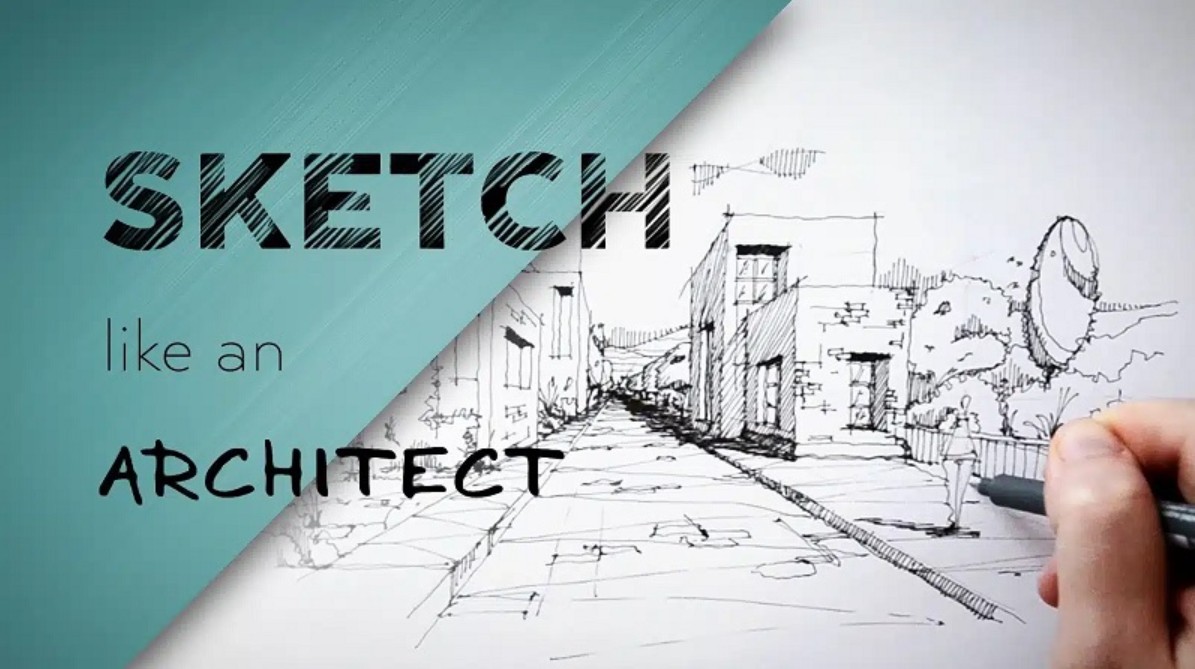
Still, in the UI/UX space, Sketch remains one of the most powerful and reliable software. At around $9 per month, it’s a great tool for startups, agencies, or individuals who want to delve into digital interface design.
7. Conclusion
The world of computer graphic design software is vast, and each tool has its own strengths. If you are interested in photo editing and general design, Photoshop is the top choice. If you need to work with precise vectors, Illustrator and CorelDRAW are the tools to rely on. For print and publishing, InDesign is indispensable. Meanwhile, AutoCAD is the leader in technical design, while Sketch is the number one tool for UI/UX.
The most important thing is to clearly define your needs and goals before choosing software. No tool is absolutely perfect, but choosing the right software will save you time, effort and improve your creative efficiency.
Whether you are a student just entering the industry, a freelancer working independently, or a professional designer, mastering one or more of these software will definitely help you go further on your graphic design path
